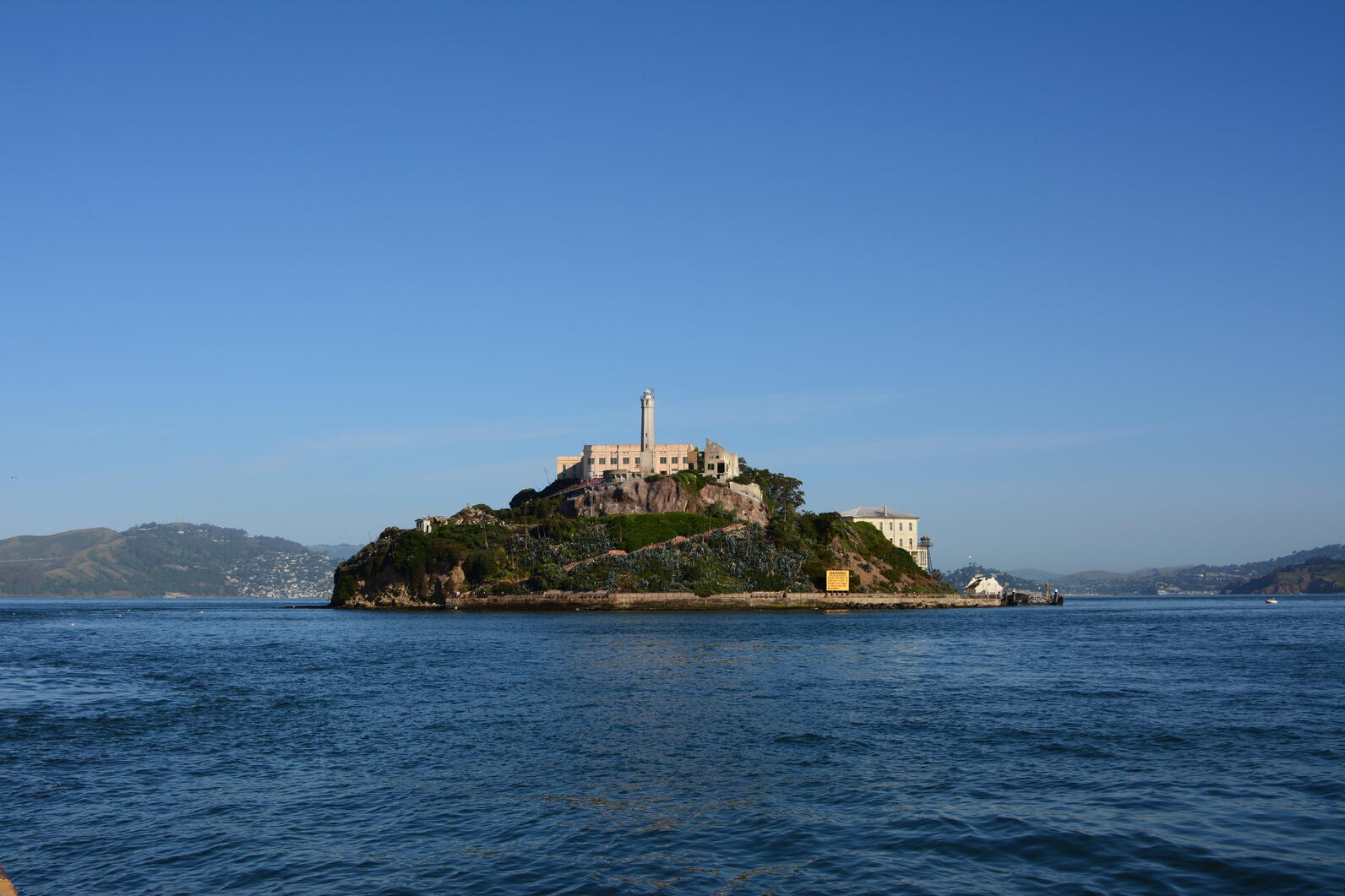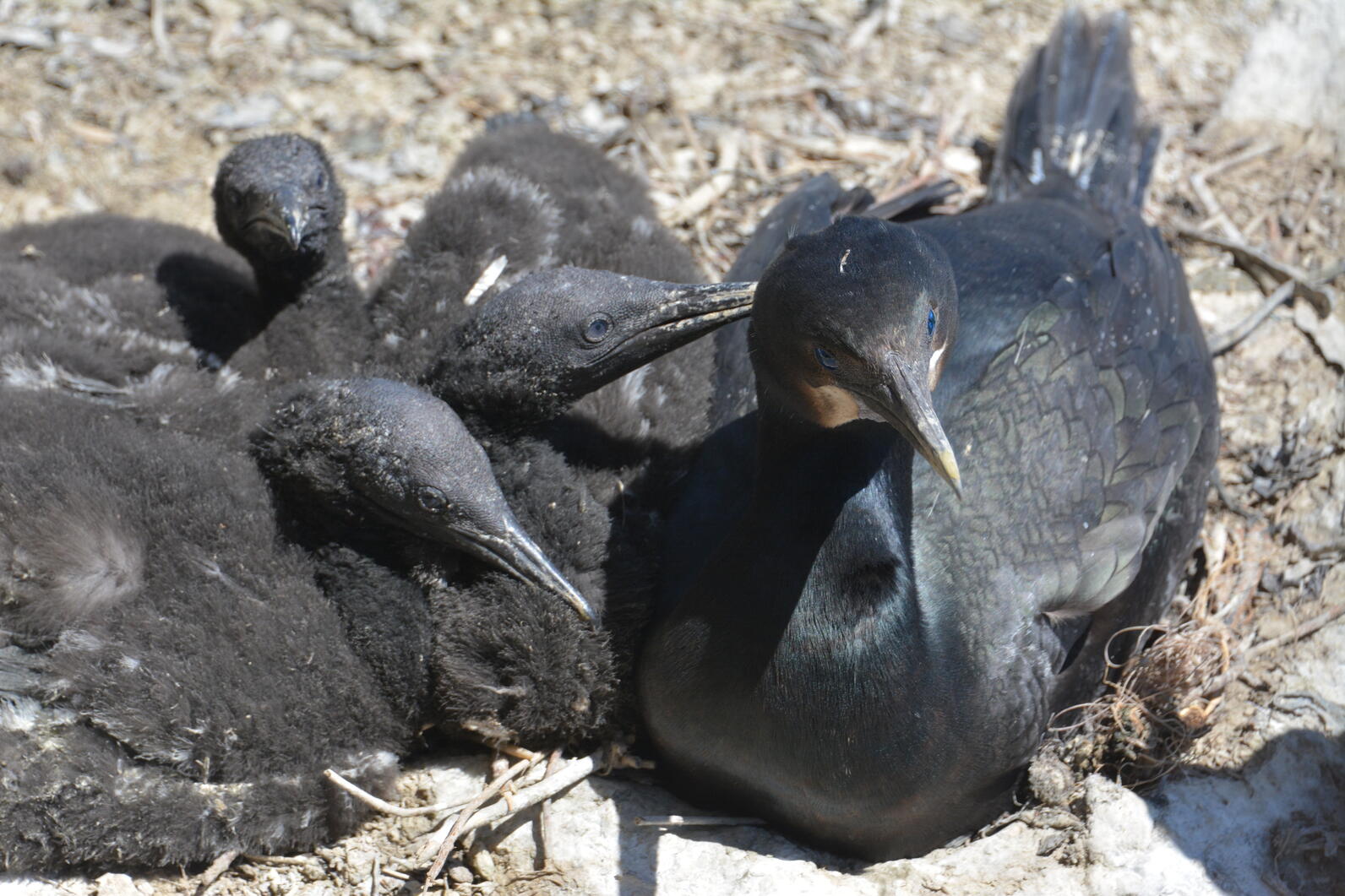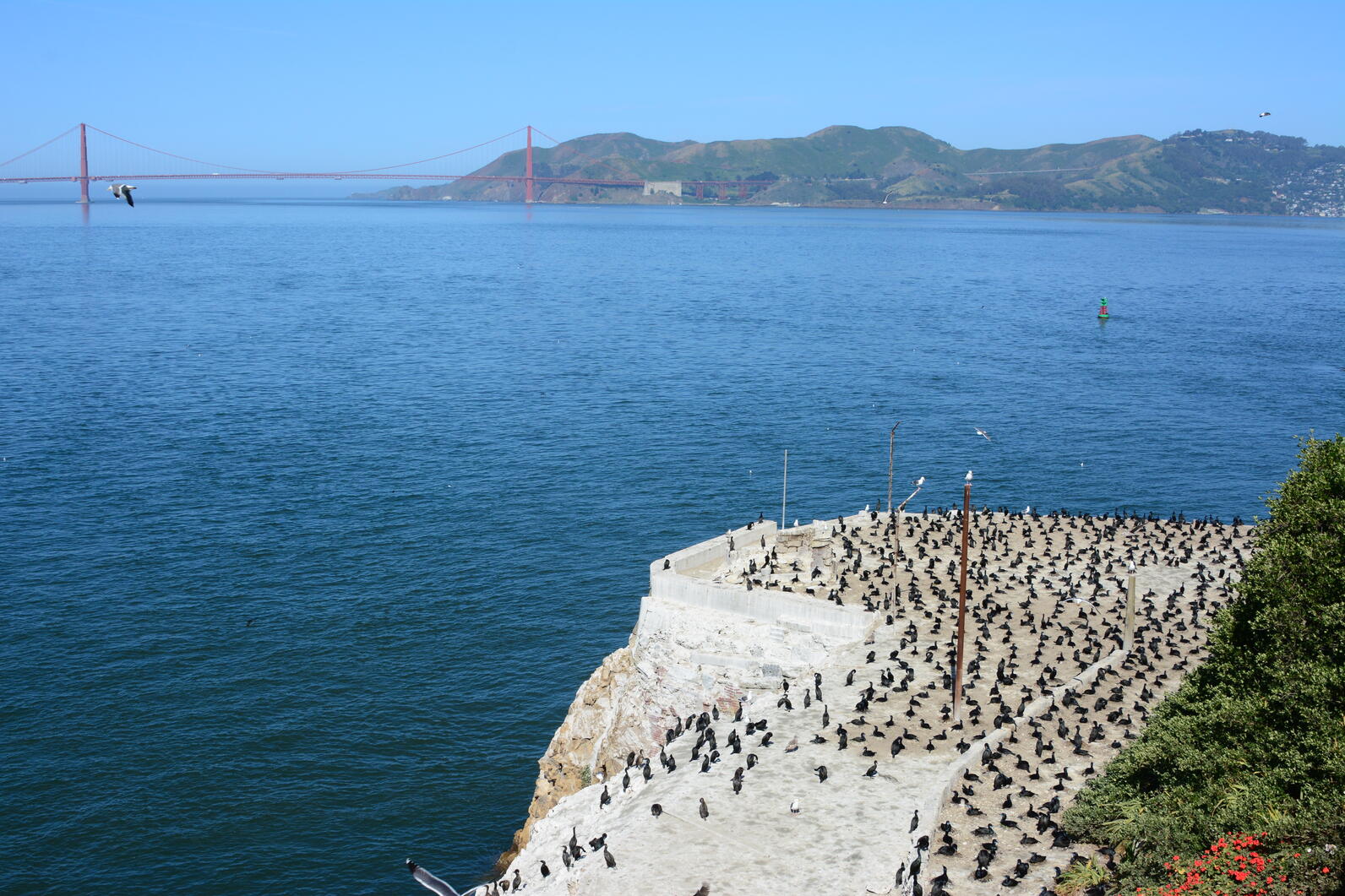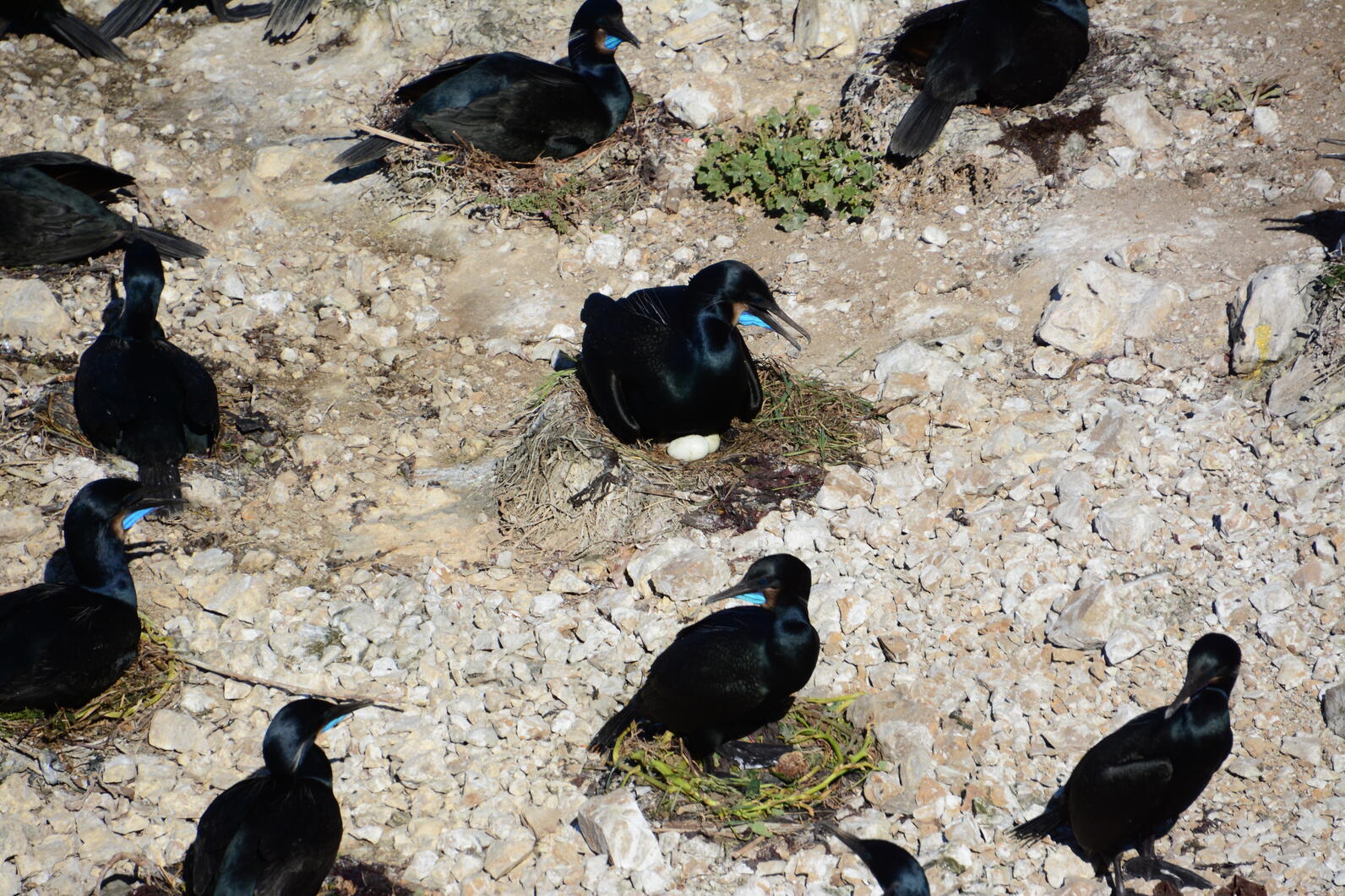It is little known that the historic Alcatraz Island in San Francisco Bay is a significant breeding colony for four species of seabirds. Here’s a glimpse into this thriving seabird colony adjacent to a global tourist attraction in the middle of one of the country’s most populated regions.

Right now, the seabirds of Alcatraz – Brandt’s Cormorants, Pigeon Guillemots, Western Gulls, and Black Oystercatchers - are feeding their rapidly growing chicks.

Even though 1.4 million tourists visit the island each year, and the island is surrounded by the Bay Area’s 8 million people, these seabirds are flourishing. The Park Service has cordoned off the colony on the west side of the island, protecting the cormorant colony from the damaging effects of island-based disturbance. Volunteer docents are stationed at good vantage points to educate visitors about the breeding birds.
“Seabird colonies are often in remote places, but Alcatraz offers a special chance to see these beautiful nesting birds up-close – it truly is a wildlife viewing gem here in the Bay. The high visitation to the island comes with a responsibility to manage the risk of negative human-wildlife interactions, so we work with the Park Service to collect information on disturbance to the birds,” says Zoe Burr, a scientist with the Farallon Institute.

The colony and visitors like brown pelicans are supported by what can sometimes be vast shoals of northern anchovy often located just outside the golden gate. Anchovy is an oily, protein-rich schooling forage fish that is critical prey for breeding and visiting seabirds in California. Audubon has been fighting to ensure catch levels of northern anchovy protect the health of the stock and sufficient prey for predators.
Unfortunately, anchovy have been negatively impacted by climate change. Warming waters have caused the population of anchovy, which fluctuates naturally, to become more variable and stay collapsed for longer periods. When stocks are collapsed, commercial fishing should stop until the population has a chance to recover. It is essential that fisheries managers complete actions to update management of northern anchovy to protect these seabirds and dozens of other species on the west coast.

The seabirds of Alcatraz add an unexpected wildlife dimension to a day trip to Alcatraz. When these trips re-start, these amazing birds thus will contribute to California’s economic recovery. In sum, good stewardship, good fisheries management, and reversing climate change are the formula to sustain a rich abundance and diversity of seabirds in the middle of one of the world’s most urbanized estuaries.



